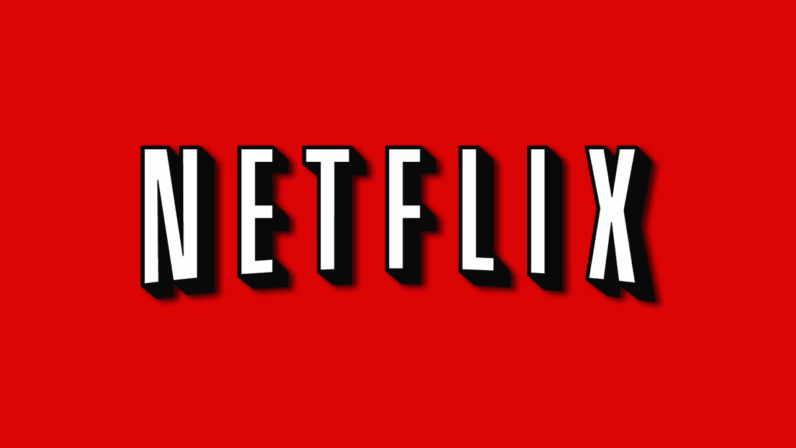
With Apple making eyes at the content industry, and only months after announcing a partnership with TV manufacturers to include Airplay support in their firmware, news hit of a blow to content streaming.
In early April, industry giant Netflix announced the curious decision to stop supporting Airplay, one of the most useful and easy ways for iOS users to get their favourite shows onto a big screen.
While there are workarounds, such as the Netflix app on a smart TV, the decision will no doubt frustrate many users, and add fuel to theory that Netflix - and others - are wary of Apple's moves beyond shifting product alone.
As Arstechnica explain, the issue according to Netflix - technical limitations - isn't completely unrealistic:
The way Apple has implemented AirPlay, Netflix does not have access to information about the device to which a user is streaming. It could be an Apple-made streaming box, or it could be a Samsung TV, among other things. Netflix is arguing that not having this information means it can't certify the target device to ensure a quality experience.
At the heart of this disagreement is identifying the device itself. Netflix claim that without getting details on the final screen displaying the stream, they cannot guarantee the level of optimization and customer satisfaction they aspire to.
Whereas, when viewing Netflix through a dedicated app on a Smart TV, or indeed through a web browser, they can tell the exact specifications of that device, ensuring maximum display clarity, audio settings, interactivity etc.
Identify, target and optimize content for OTT streaming devices.
Ad completion rates on CTV of up to 98% make inventory in this immersive, full-screen environment highly valued.
Also from Arstechnica:
Netflix might be making a very Apple move of forcing users to access its service via the method it can control most completely.
Without knowing for sure, this seems the more likely explanation. From a user perspective, streaming Netflix from or through any device where the final screen is a TV should result in the same thing - a high quality (bandwidth dependent) stream in the correct aspect ratio.

The app on the user's smartphone merely finds a link to the desired stream and hands it off to the Apple TV box or Airplay-enabled TV (or Chromecast) and also acts as a remote control. The difference in screen output between modern TVs can't be considered diverse enough to warrant such a drastic move. To hang the decision on that one factor alone appears odd.
As Netflix is a paid-for service, users are logged in anyway, so viewing history data is still available to them. What are they missing out on by not getting confirmation of the exact device the stream is showing on?
Radio Free Mobile published a very helpful list of points which help clarify the incident:
The real reason, which everybody knows, is that Apple’s move into integrating content channels together and launching its own content is a direct competitive threat to Netflix
Apple are looking to expand beyond hardware into other revenue generating activities. The move into content is risky with so many other giants getting involved, but with a loyal and somewhat locked-in user base, they may as well try.
Netflix have clearly spotted this as a threat, and have acted defensively.
However this plays out, users can still stream through a variety of channels, safe in the knowledge that Netflix knows what TV you have and can therefore "certify your experience".



